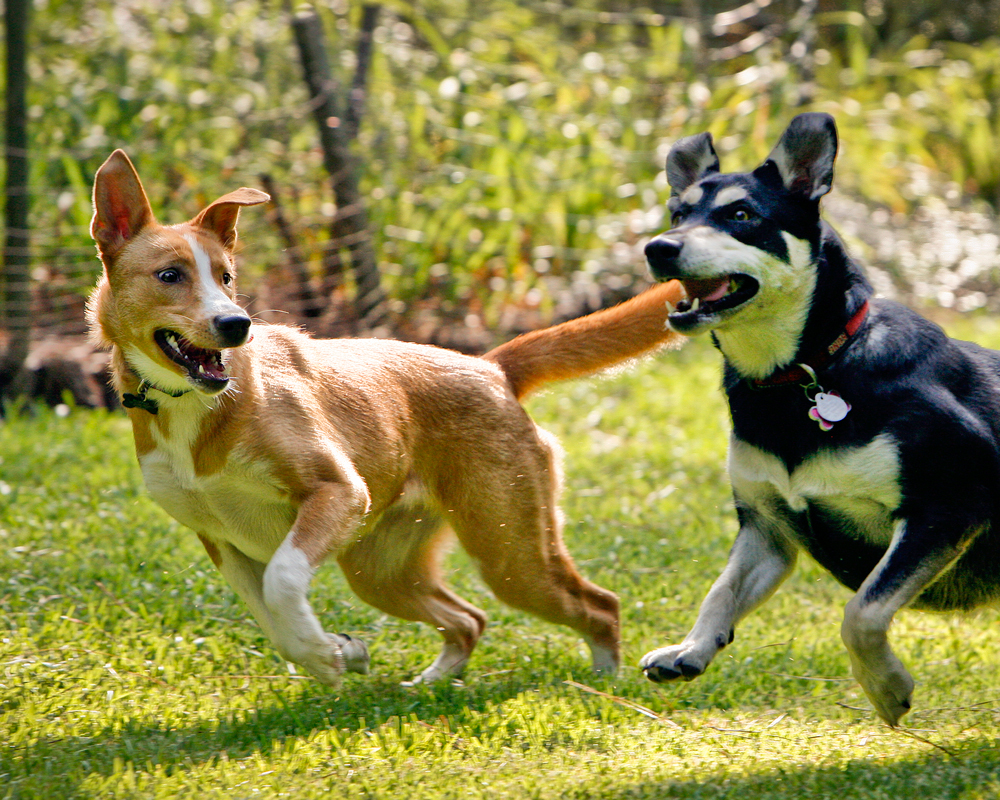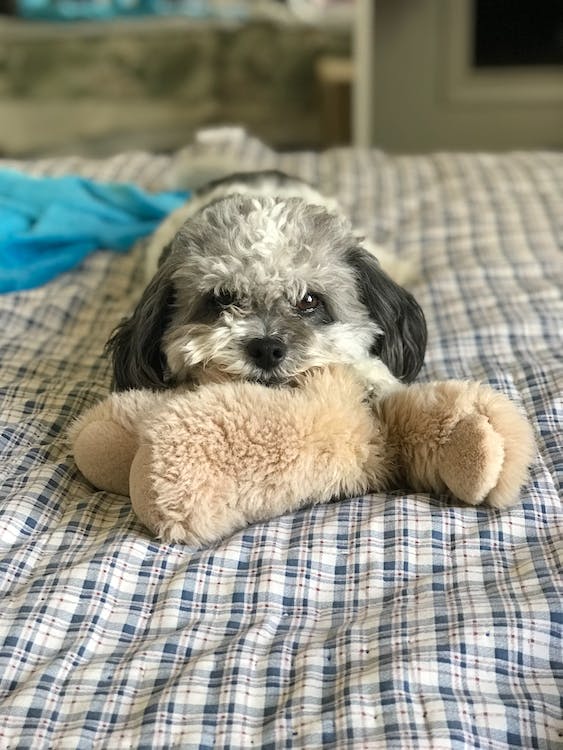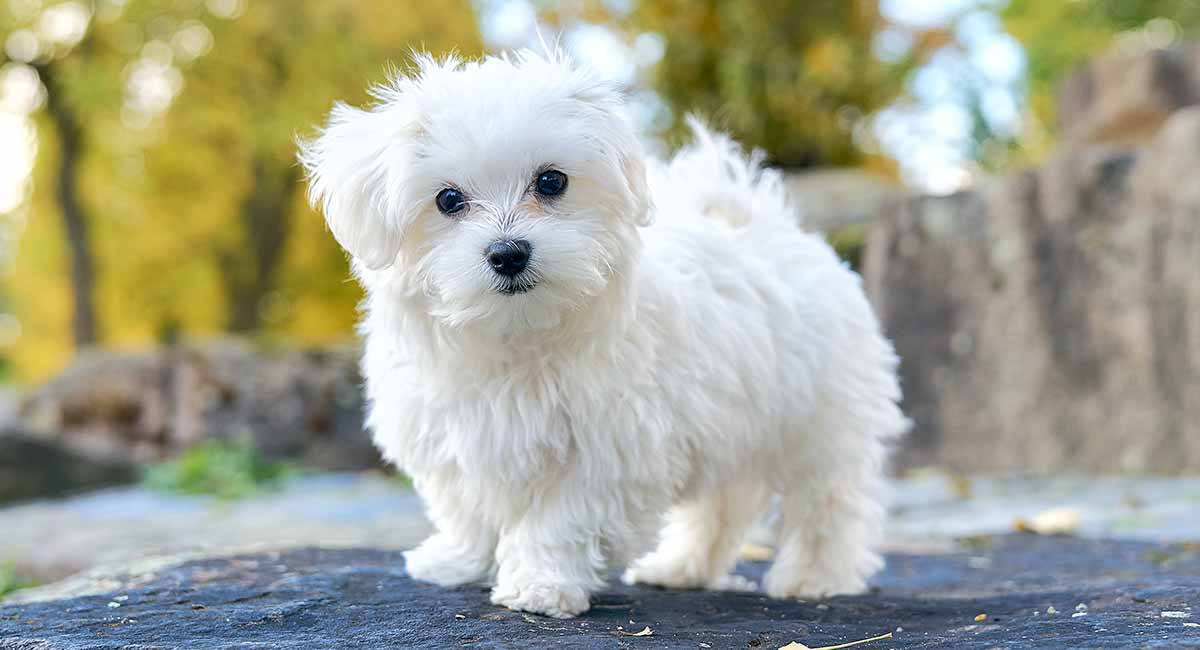Primitive dog breeds hold a special allure for many dog lovers due to their ancient origins and distinctive traits. These hardy, independent dogs evoke images of an earlier time when they worked alongside humans as hunters, herders, and guardians. Their unspoiled genetics provide a window into the early evolution of dogs from their wolf ancestors. Let’s take a fascinating look at what makes primitive breeds so special.
Tracing Their Ancient Roots
Most primitive breeds originated hundreds or even thousands of years ago in remote regions across the globe. They are believed to be closely related to some of the earliest domesticated dogs. For example, Basenjis trace their lineage back to “barkless” dogs depicted in ancient Egyptian artifacts dating to around 3600 BC. Siberian Huskies are an ancient spitz breed that originated with the Chukchi people of Siberia, who used them as sled dogs. Shiba Inus have existed in Japan for over 3,000 years as hunting companions.
While not recognized as a distinct breed until the 1900s, Australian Dingoes are believed to have been brought to the continent by seafarers from Indonesia around 4,000-5,000 years ago. Their isolation and adaptation to the rugged Australian landscape preserved their primitive traits. Other primitive breeds like the Saluki flourished in hot climates across North Africa and the Middle East as prized hunting dogs of nomadic tribes. Wherever they originated, these breeds’ genetic integrity remains largely unchanged from their ancient forebears.

Hallmark Traits
While they vary significantly, primitive breeds share common physical and behavioral traits rooted in their history as working survival dogs. They tend to be medium or large-sized with athletic, sturdy builds allowing them to run for miles. Their skulls and muzzles typically resemble those of wolves more closely than other modern breeds.
Most primitives have erect, pointed ears and long, plumy tails. Coats come in smooth, long-haired, or wire-haired varieties designed to protect against extreme weather. Natural guarding instincts and fierce loyalty make them vigilant watchdogs. While frequently aloof with strangers, they bond intensely with their own people. Intelligent and independent problem-solvers, primitives need patience, positive training and proper socialization.
Unique Challenges
Owning a primitive breed can be very rewarding yet requires special commitment. Their strong prey drive and roaming instincts demand secure containment. Extensive exercise and mental stimulation are essential daily needs. Training must emphasize structure, firm boundaries, and clear communication.
Potential health issues like hip dysplasia must be screened. Grooming requirements vary from occasional brushing to extensive care. Due to their willful nature, primitives need dedicated owners able to channel their energy and intelligence. While solitary by nature, they thrive with proper socialization and devoted family bonds. For the right owner, a primitive dog can be the perfect companion.
A Diverse Group
While they share common attributes, primitive breeds display tremendous diversity. From the powerful, wrinkled Boerboel of South Africa to the fleet Saluki of the Middle East, each breed is uniquely adapted to its homeland. Let’s look at just a few fascinating primitive breeds and their origins.
Basenji
Beloved as “barkless dogs” of ancient Egypt, Basenjis are graceful, energetic small hunting dogs. Active and alert, they use yodels and screams to communicate. Curious and sometimes mischievous, they need patient, creative training.
Canaan Dog
This multipurpose breed originated with nomadic Bedouins of the Middle East. Medium-sized with pointed ears and a bushy tail, Canaan dogs are loyal, alert watchdogs. Intelligent and strong-willed, they need consistent leadership.
Carolina Dog
Often called American Dingos, these primitive dogs of the American Southeast likely descended from pre-Columbian dogs. Medium-sized with ginger-colored coats and fox-like features, they are muscular and athletic. Carolina dogs bond closely but are naturally wary of strangers.
Shiba Inu
An ancient Japanese breed used for hunting, Shibas are compact, agile dogs with a bold, independent spirit. Cunning, energetic and fastidious, they are devoted companions but can be challenging to train. Their fox-like faces and curled tails give them a truly primitive look and charm.
Siberian Husky
Bred by the Chukchi people of Siberia, Huskies are an ancient spitz breed renowned as sled dogs. Hardy, energetic and pack-oriented, they have thick coats, erect ears, and striking faces. This working breed thrives with plenty of exercise. Their intelligence makes training enjoyable but firm leadership is a must.
Preserving a Legacy
For thousands of years, primitive breeds played integral roles in human survival. Today they maintain their essential character through devoted preservation efforts. By responsibly owning and breeding these dogs, we sustain a diverse genetic legacy and honor a long partnership between humans and canines. Primitive breeds offer a profound window into our shared past with these remarkable animals.


